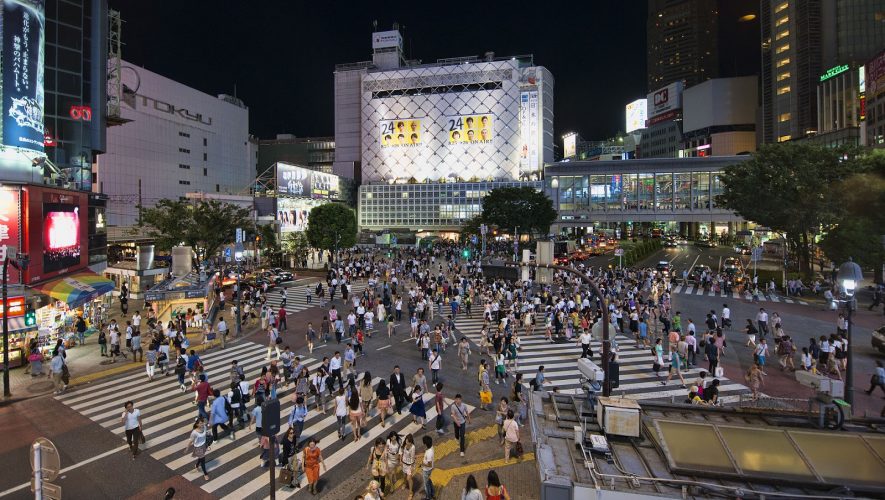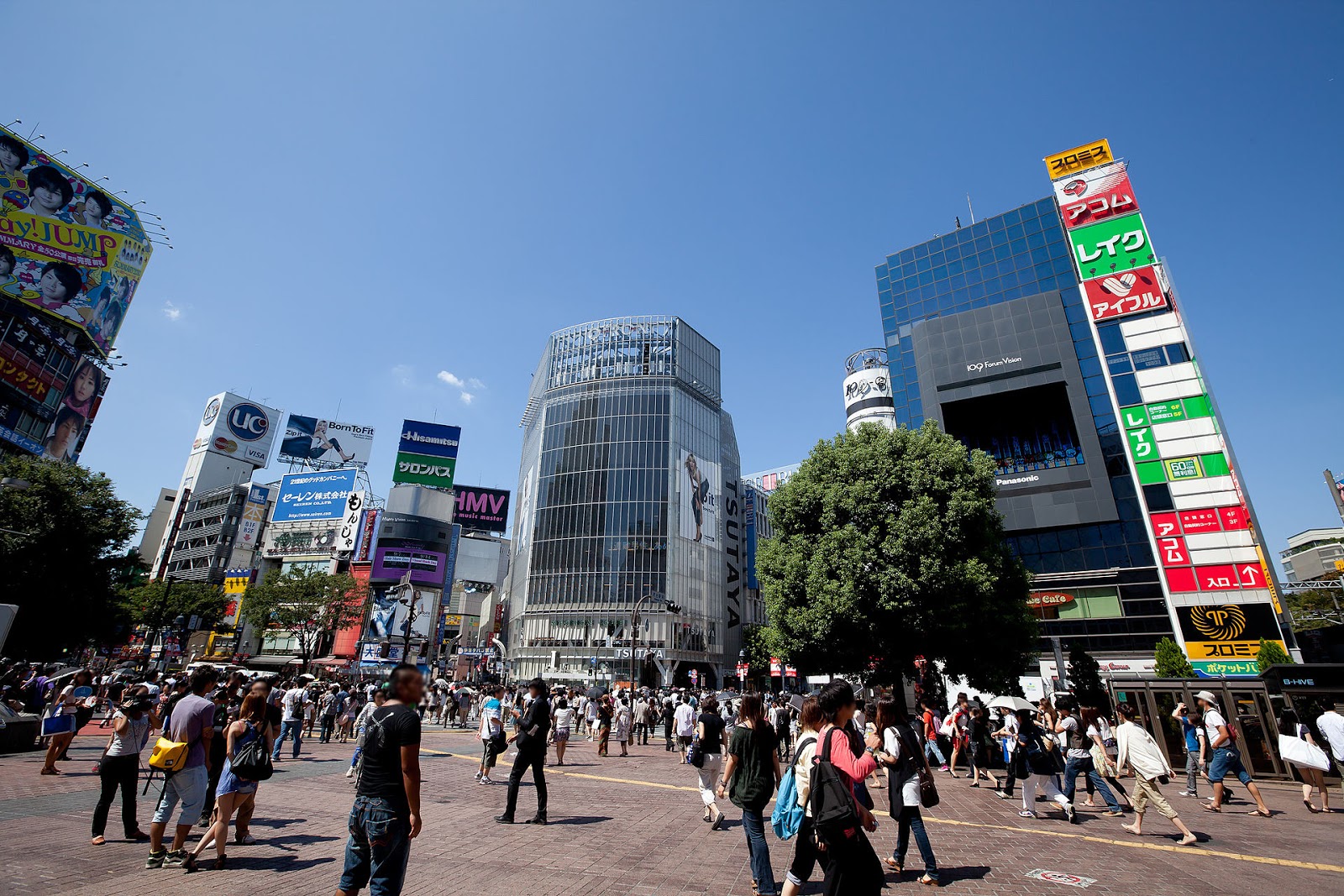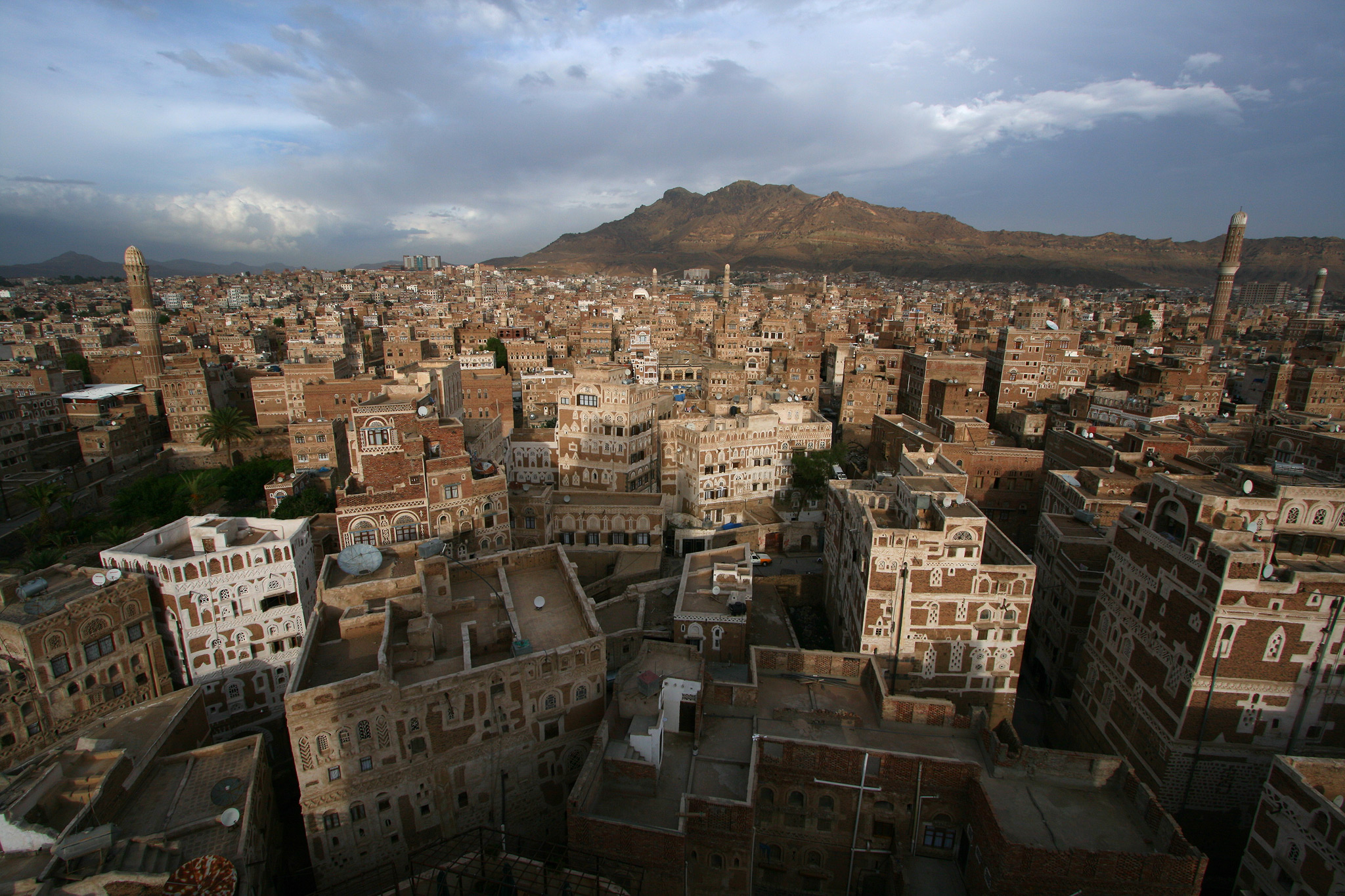As COVID-19 ravaged the world, Japan’s economy shrank more than at any time since data tracking began in 1980. New Prime Minister Yoshihide Suga will undoubtedly make the recovery his top priority.
But Suga should also properly address overconcentration in Tokyo, a serious problem that prolonged the pandemic. Immediately after Japan declared a state of emergency in April, the Greater Tokyo Area accounted for roughly half of new cases. After a period of improvement, Tokyo continues to observe the highest number of COVID-19 cases in the country, almost twice the rate of the next most populous prefecture.
Though former Prime Minister Shinzo Abe made redressing Tokyo’s overconcentration a pillar of his regional revitalization plan in 2014, there has been little progress. To produce tangible results, Suga should prioritize regional revitalization and take drastic measures that his conservative party typically resists.
Worrying Trends
In 2018, net inflow to the Greater Tokyo Area (Tokyo, Chiba, Kanagawa, Saitama prefectures) reached 136,000 people, boosting the already massive population. Despite implementing policy initiatives to curb this influx, Tokyo still saw a net growth of 150,000 people in 2019.
Japan’s population trends do not align with Tokyo’s; estimates suggest that the national population will decrease by 23 percent between 2010 and 2050. It’s already proving true, as the population has fallen every year since 2010. As of 2019, people above sixty-five years old make up 28 percent of the population, and births hit a record low.
This overall decline hits regions outside Tokyo harder; a 2014 report warned that almost half of the country’s municipalities could disappear due to population decline and administrative failures. The fewer people there are, the less revenue municipalities make, deteriorating public services and quality of life. This drives citizens toward the most developed place: Tokyo.
Experts estimate that there is a 70 percent chance the next great magnitude-seven earthquake will hit Tokyo before 2050. About a third of Tokyo’s residents could be directly affected by liquefaction—when loosely packed, water-logged sediment at or near the surface weakens because of strong ground shaking. The amount of damage from this earthquake could reach up to ¥95 trillion (approximately $900 billion).
A 2019 government risk assessment found that an earthquake would kill between 16,000 and 23,000 people, cause an additional 8,900 to 16,000 fire deaths, and leave about eight million people without water. If the government addresses overconcentration before this catastrophe, it would save countless lives.
The Cause of Overconcentration: Spatial Planning
With a population of one million people by the eighteenth century, Edo (Tokyo) was already one of the largest cities in the world. In 1888, the city’s first planning legislation laid the foundations for its development.
After the 1923 Great Kantō earthquake and fire razed almost half the city, Tokyo rapidly redeveloped into a modern hub, furnished with streets and a metro system. These redevelopment projects were briefly halted during World War II; as such, the city broke through in 1956 with the National Capital Region Development Act.
This national vision replaced the failed Capital Construction Act of 1950, a prefecture-specific law that couldn’t address expansion into other urban areas. The 1956 Act divided the capital region into three areas based on current and potential development. It aimed to connect the capital with neighboring prefectures to develop a large regional complex. Roads, railways, and subway services were connected to the outlying suburbs, with Tokyo set as the center for this progress.
Because of economic growth, 72 percent of people lived in cities during the mid-1950s, with Tokyo’s population swelling from about four million in 1947 to seven million in 1955. It was against this backdrop that the government introduced the first Comprehensive National Development Plan (CNDP) in 1962.
The plan established the Pacific Belt Zone as a manufacturing center to control overpopulation in cities and correct regional disparities. It created fifteen industrial cities outside this zone to limit the concentration of industry in the largest industrial areas like Tokyo, Nagoya, and Osaka. The government planned to use infrastructure investment to connect cities with bullet trains and expressways.
Japan’s economic growth helped spur mass investment into regional public works like infrastructure, ensuring people stayed in their local regions. The unprecedented City Planning Act of 1969 devolved power to local authorities, allowing them to control the process that grants public development projects to private entities. Per capita income inequality among Japanese prefectures narrowed during the 1970s. The economy stagnated as the decade ended, causing people to stay in newly developed regions.
“One natural disaster could decimate the capital, and the nation along with it. Now that COVID-19 has shown the risks involved with overconcentration and made people more receptive to new technologies, the country must make some bold proposals to avert a national crisis.”
Planning took a rather sharp turn in the 1980s, when the fourth CNDP accepted Tokyo as the hub of Japan’s economy. It aimed to form multipolar zones—larger metro areas, each with several centers of equal importance—with business hubs around the twenty-three wards of Tokyo. This was expected to dilute the business presence in Tokyo, which housed half of major corporations’ headquarters.
However, the new business hubs missed their development targets because the national government deregulated the financial sector. As a result, financial institutions took more loans to invest in stocks and real estate, and businesses flocked to Tokyo. Although the plan provided substantial subsidies to connect the city with suburban areas, it failed to reduce overconcentration because Tokyo had a better environment for businesses.
Once the government realized its policy was not reducing overconcentration, its objectives shifted from dispersing people to creating co-dependent entities. This is summarized in the fifth CNDP, introduced in 1998. The plan did not seek to disperse people throughout the archipelago, since studies estimated that 20 percent of inhabited areas would be abandoned in the future. Instead, it allowed concentration in a few places that could muster the tax revenue to provide adequate public services. The plan also stressed a need to flatten the hierarchy between Tokyo and other prefectures.
As a result of multiple CNDPs, national spatial planning shifted from development to improving quality of life. It increasingly became locally driven, with municipalities soliciting citizens’ feedback and sending proposals to the national government.
Consequently, Japan has seen high concentration in certain areas, but low economic disparities among territories since the 1980s. Quality of life—health, safety, and jobs—consistently ranked high globally. In addition, high taxes (45 percent) on the wealthy and inheritance taxes (maximum 55 percent) addressed inequality.
In that sense, Japan successfully developed through targeted investments and careful planning. However, there is still a need to redress the unipolar structure concentrated in the capital due to inadequate disaster preparedness and population decline.
Merits and Demerits of Overconcentration
Tokyo is home to most political, financial, and cultural functions. This is unusual in developed countries. The US, for instance, separates functions; Washington, DC, for government, New York City for finance, and San Francisco for technological innovation. As of 2017, Greater Tokyo houses a whopping 62 percent of all large corporations (over a billion yen or about $9.6 million in financial capital) and accounts for around 30 percent of the country’s GDP and population.
The concentration of capital draws people into the city and boosts the productivity of firms. Despite higher land and leasing costs, corporations prefer the city center where face-to-face interactions occur. People also favor the city because of its highly developed transit system, proximity to major media outlets, and the concentration of political functions.
Perhaps the most indirect yet significant merit is Tokyo’s brand; it has long thrived as a tourist destination, financial center, educational hub, and political capital. For businesses, it’s a status symbol to have an office in Tokyo, while for citizens, it’s more convenient living in a city with exceptional social welfare. In addition, Tokyo has high levels of safety and little air pollution, maintaining the city’s high quality of life.
Concentration in the capital, where fertility rates are lower than the countryside, exacerbates the declining population. As people leave the countryside, these regions lose women between the ages of twenty and thirty-nine, who make up 95 percent of those who give birth. The drop in regional fertility rate drags down the national rate and slows population growth.
Overconcentration also makes it harder for the city to prepare for accidents. If a major disaster were to hit Tokyo, all political and financial functions would freeze, GDP would plummet, the economy would be thrown into disarray, and a third of the country’s population would be at risk of injury or death. Tokyo’s aging infrastructure would also cause accidents and worsen congestion, devastating residents’ livelihoods. While not as bad, COVID-19 proved that overpopulation makes it difficult to effectively roll out mitigation policies.
Abe’s Response: Regional Revitalization
Through his regional revitalization guidelines, former Prime Minister Shinzo Abe set a goal to overcome population decline and vitalize regional economies. It aimed to make localities more attractive so people would settle down and raise families there, ideally raising child fertility and decreasing overconcentration.
“As good as they sound, Abe’s policies were relatively consistent with past plans and did little to address Tokyo’s administrative advantages. As a result, sharp turn in policy is necessary.”
In 2019, the cabinet set forth measures to facilitate the migration of young people out of Tokyo. They called for the expansion of “related populations”—people who are loosely connected to regions and may settle there in the future. The plan provides support to pioneering municipalities that tackle issues through artificial intelligence and the internet of things (extending the power of the internet beyond computers). It also aims to make education more applicable to tangible careers.
So far, things haven’t panned out. Tokyo remains the most attractive destination for many. Close to half of all migrants to the capital in 2018 were between fifteen and twenty-nine years old. Further, a majority of those between eleven and nineteen cited university or jobs as the primary reason to move there. Surprisingly, only half who chose to work or study there wanted to live in the Tokyo area, while over 60 percent responded that their preferred jobs and high salaries could not be found elsewhere.
More women are migrating to Tokyo than men. Those in their twenties and thirties say they don’t return home because of insufficient job opportunities and prejudicial attitudes toward unmarried and working women.
To address these concerns, the 2020 Plan for Regional Revitalization proposes increasing enrollment at national universities and creating enticing online courses. It would also promote satellite campuses and internships at local businesses to retain local youth. The heightened demand for remote work in response to COVID-19 has created an urgent need to relocate large corporations, create satellite offices, and provide financial aid for infrastructure installations.
The plan also includes Society 5.0, an initiative that calls for the use of future technologies to improve public services and create super cities. These cities—defined by the ability to use AI and big data for urban design—aim to solve local issues and promote regions at the same time.
As good as they sound, Abe’s policies were relatively consistent with past plans and did little to address Tokyo’s administrative advantages. As a result, sharp turn in policy is necessary.
Drastic Changes to Policy
In order to stem inflow, Tokyo’s image must be redefined. No amount of corporate tax subsidies or university enrollment caps will change it—the key would be creating attractive jobs and improving quality of life in localities.
COVID-19 presents an opportunity to introduce bold policies and take advantage of technology-driven connectedness. Employees no longer have to be physically present in offices, so the long-running tradition of workplace togetherness can and should adapt to the circumstances.
One idea would be to return to one of the goals of the National Spatial Planning Act of 2005, under which Japan would be divided into regional blocks that specialize in different industries.
Bio-related industries could be located in Hokkaido, a prefecture more than six hundred miles from Tokyo. Any national grants or subsidies related to this industry would be allocated to the prefectural block, building local industry and attracting businesses in that field. Academic institutions and research facilities could also be housed there, attracting students and scholars. Local municipalities could focus on infrastructure and quality of life, which attract families and hopefully contribute to improved fertility rates.
Telecommunications—at the forefront of attention during COVID-19—could be used to conduct virtual interactions, reducing travel to the capital. Corporations can have a lobbying branch in Tokyo that deals with any necessary direct meetings with government agencies.
A region with several prefectures could emulate the Greater Tokyo Area, but with greater emphasis on specific industries. Local schools could differentiate themselves from those in Tokyo by preparing students for local careers. A division of labor—one city could be filled with quality housing while another houses businesses—would cut cost redundancies and improve everything from infrastructure to public services.
In tandem with this, Japan can make better use of the National Strategic Special Zones (NSSZs) initiative. These ten zones offer foreign people and businesses favorable conditions to enhance the international competitiveness of Japanese businesses.
Like the regional block proposal, reforms in each zone are meant to ease development of specific areas such as agriculture, tourism, and health care. The government relaxes regulations in such zones and financially supports participating businesses. For example, medically focused Osaka used the NSSZ to expedite qualification of much-needed childcare staff by improving the exam system. This, among other measures, helped to halve the waiting list for childcare in two years.
However, even the NSSZ disproportionately focuses on Greater Tokyo. Currently, Tokyo has 124 approved projects, exactly double that of Fukuoka, which has the second-most approved projects. If the government truly desires to end overconcentration, new projects must be minimized or else Tokyo will continue to attract foreign capital and labor.
The NSSZ also fails to fully capture foreign labor that could help address the labor shortage hindering regional revitalization. While Abe talked about the need to “actively accept these highly motivated young people,” policies have failed to make the transition easy. The government should contemplate ways to ease visa regulations and restrictions.
In effect, Japan should create regional blocks similar to NSSZs for domestic businesses, while enhancing regional zones for foreign companies and workers. Combining varying strategies would help alleviate overconcentration, grow domestic businesses, and attract investments and labor from abroad.
Another idea involves reducing new factories, universities, and offices in Tokyo. The Factory Limitation Act of 1959 limited the construction of new factories and universities. As a result, the share of factory workers and university students in central Tokyo plummeted; Hachioji, located on the western edge of Tokyo, now houses twenty universities.
Reviving the act and applying it to reduce factories, universities, and offices could temporarily minimize inflow. The government can help establish satellite facilities in other regions. Beginning in a new academic year, universities could transfer 20 to 30 percent of students to satellite campuses. Once those regions begin to attract people, these measures could be lifted.
The plan faces fierce resistance from the Tokyo government and business interests, but something as radical as this may be necessary to stave off overconcentration and revitalize other regions.
“Experts estimate that there is a 70 percent chance the next great magnitude-seven earthquake will hit Tokyo before 2050.”
Regions could also promote and develop new and critical industries that have growth potential, such as telecommunications and high-technology. Both sectors would be essential for revitalizing regions and new workstyles. Proactively supporting startups and businesses in these sectors will help build a community around growing industries, while creating jobs and attracting new investors and businesses in the process. In turn, these could help tourism (which will continue to be a key sector) grow by making production of certain local products more efficient.
The government can supplement this by investing more in high-tech firms and providing benefits to firms and municipalities that use these technologies. For regional revitalization, there are tax breaks and credits for companies relocating to other regions, but no subsidies for local firms or regional municipalities that implement technology to improve efficiency. These incentives would help promote regional firms while improving quality of life at the same time.
Not all large companies have the resources and reasons to relocate from Tokyo. Some, like retailers, may need Tokyo’s market to conduct face-to-face business. However, the increased use of online services and a recent interest to relocate could incentivize companies to leave Tokyo. Companies could shorten work hours (and overwork for that matter) before businesses in the capital do, thereby increasing the number of hours employees spend outside of work. Low fertility in Tokyo has been attributed to a choice between work and family, so alleviating work stress could help resolve the declining population issue.
For instance, Komatsu Ltd., a multinational manufacturer, relocated its head office to Ishikawa prefecture and found that female managers had an average of three children—Tokyo’s average is 0.9—and shorter commute times. Attracting workers through better working conditions could help prevent outflow from regions, but it would be contingent on a high quality of life. People will only stop migrating to Tokyo if everything they need can be accessed elsewhere; technology and new workstyles could achieve just that.
Tokyo’s current governor finds no need to redress overconcentration in the capital, arguing that it would not help Japan’s economic growth. This makes sense, given the importance of Tokyo and the plentiful tax revenue its people and businesses contribute. But one natural disaster could decimate the capital, and the nation along with it.
Now that COVID-19 has shown the risks involved with overconcentration and made people more receptive to new technologies, the country must make some bold proposals to avert a national crisis. The new Suga cabinet has announced a program to offer up to $9,500 for workers to move to the countryside while keeping jobs in Tokyo. Major companies have started to encourage remote work by suspending subsidies for monthly commuter train expenses. These are good steps forward.
Reluctance to change will only cost the country dearly. Traditions have to change; COVID-19 may be the catalyst necessary to do just that.




